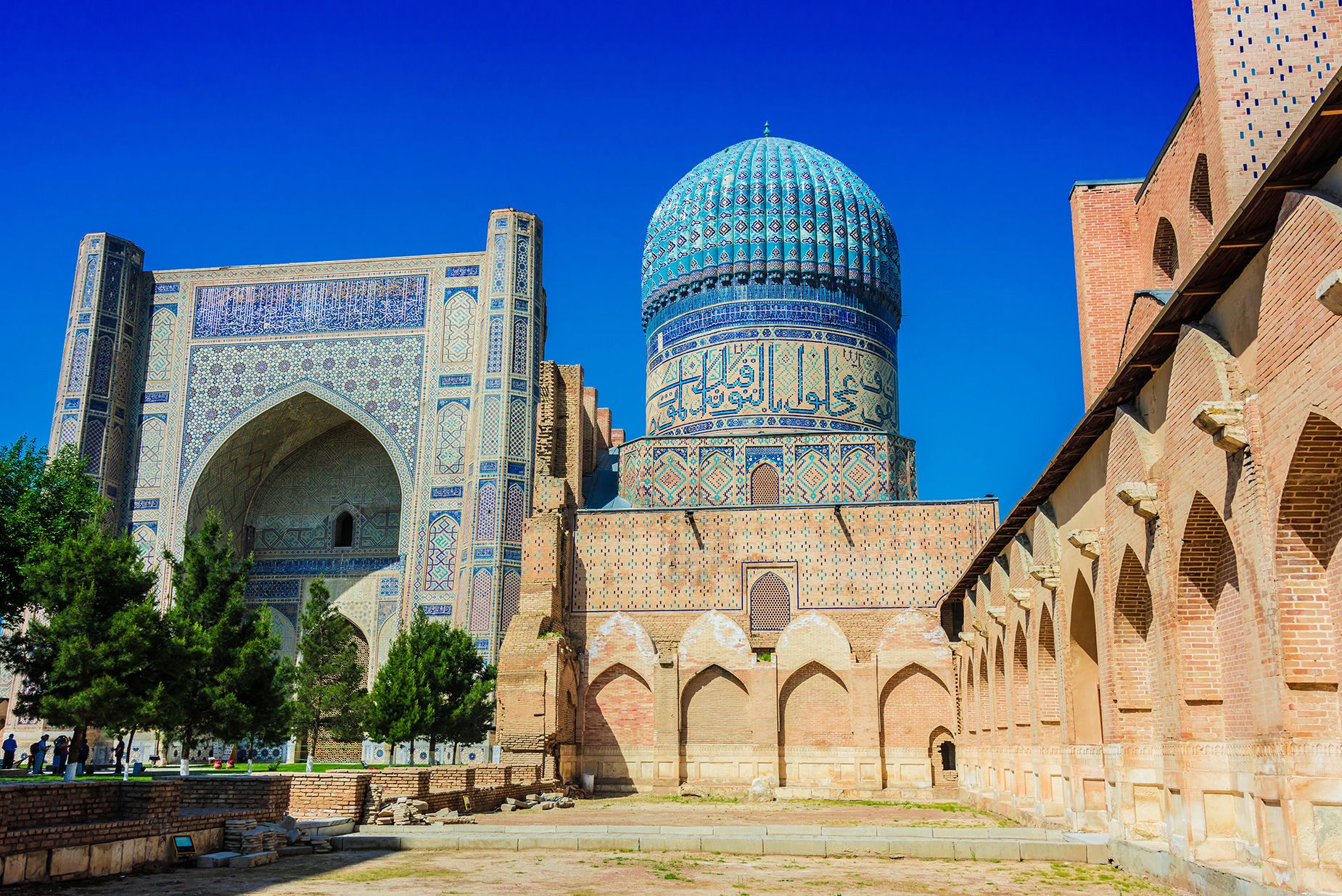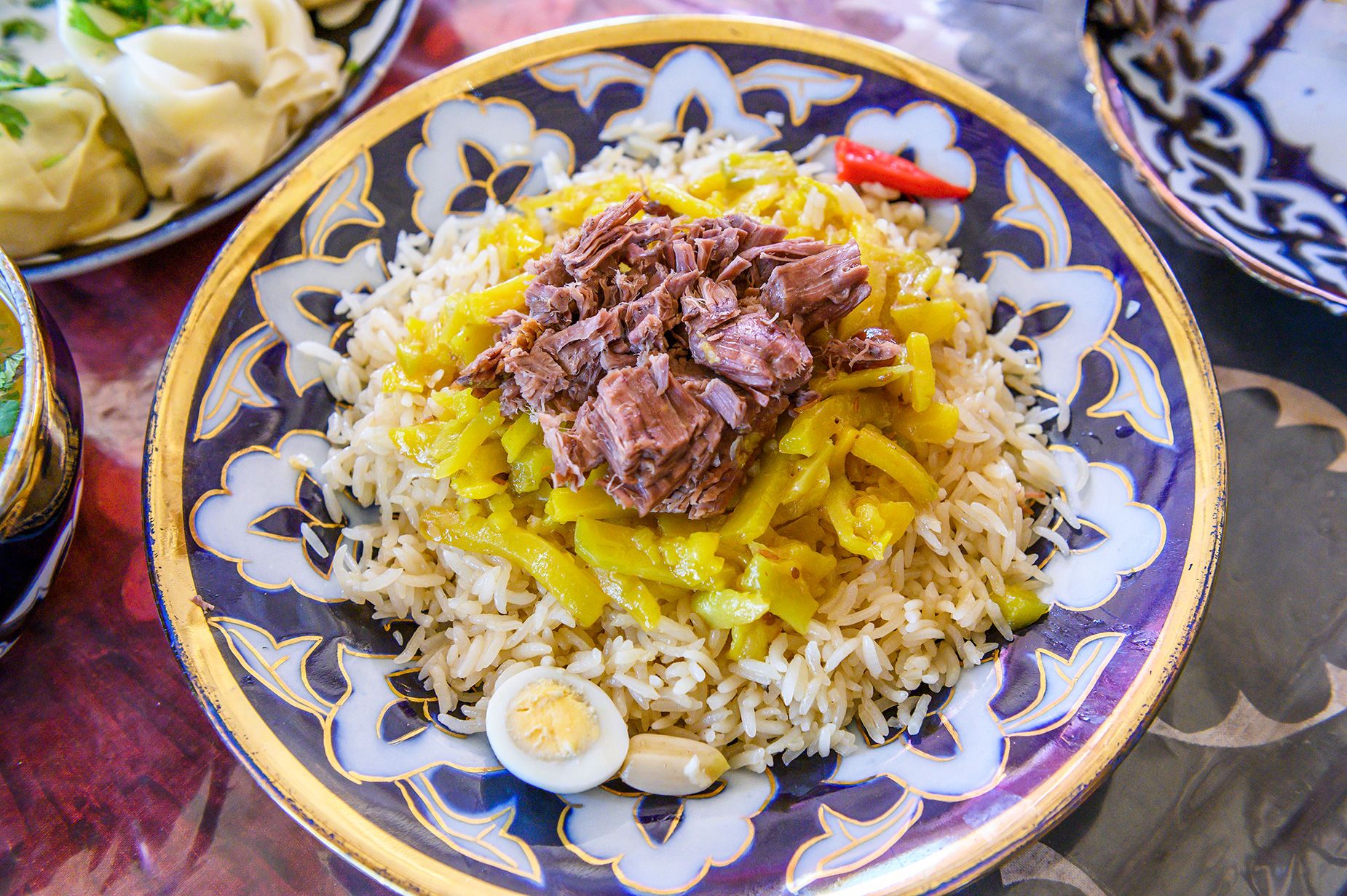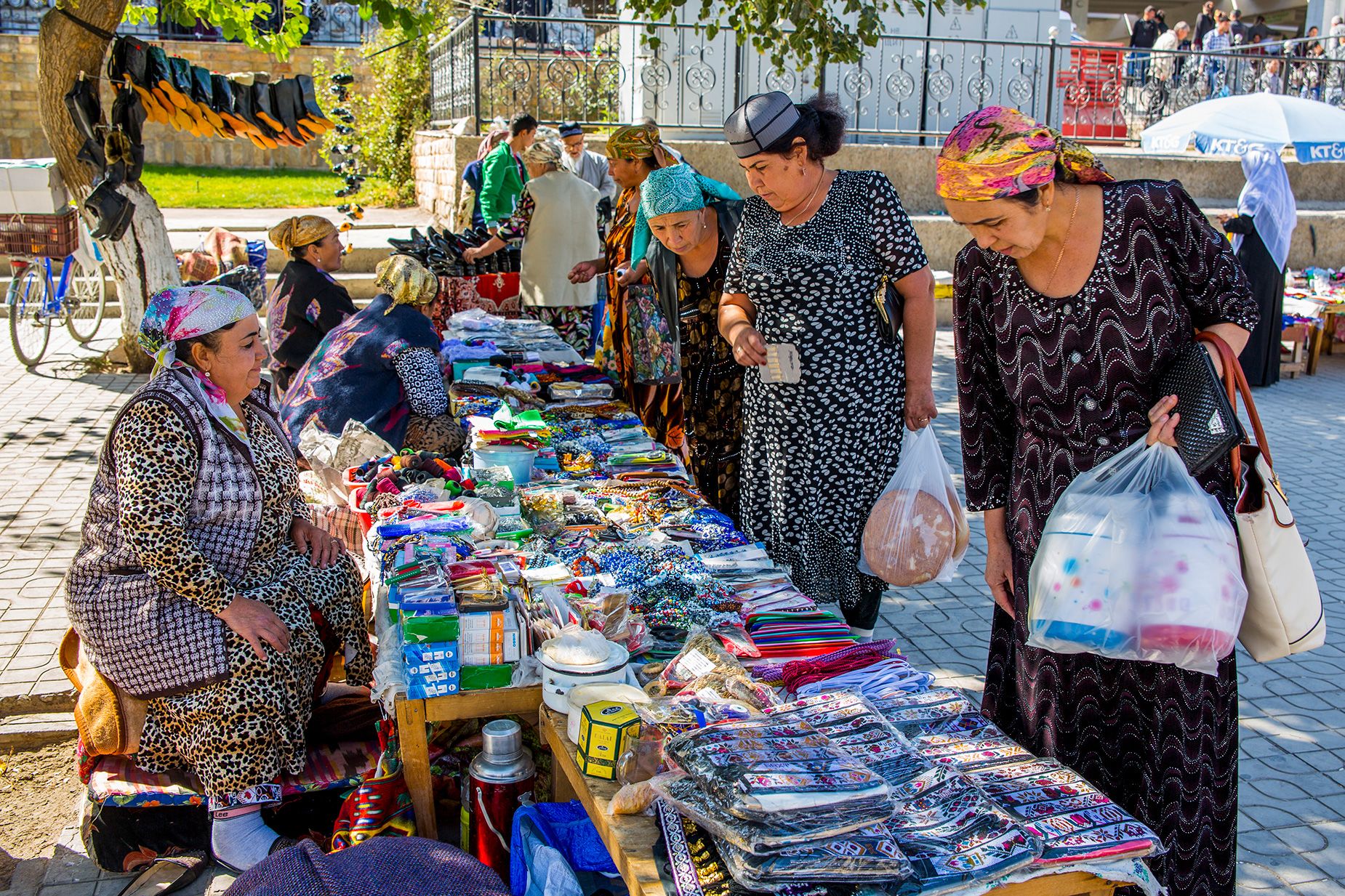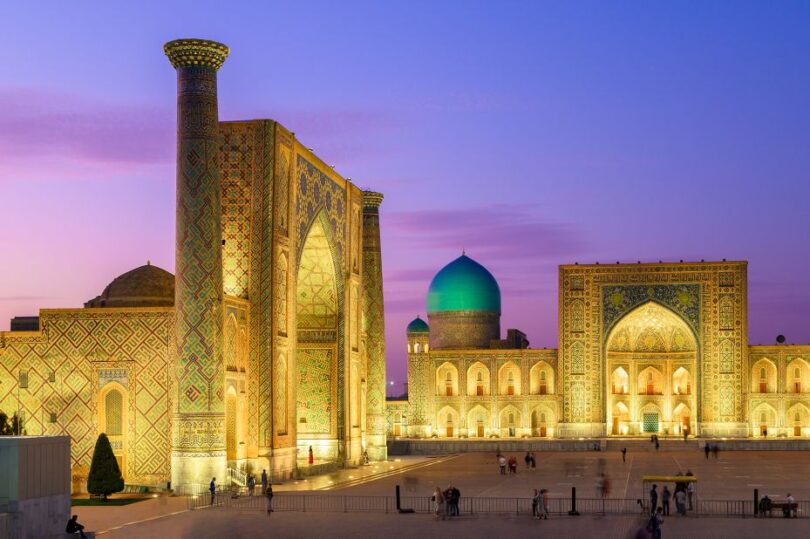(CNN) : Samarkand. It’s a name that rolls off the tongue, conjuring up images of adventure, exploration and far-away mysteries.
Founded in around 700 BCE, it’s one of the oldest continuously inhabited cities in the world, a crossroads of cultures and a hub of learning and trading – especially during the heyday of the ancient Silk Road, which passed through the city.
Much has been written about this southeastern Uzbekistan gem, but a poem by British novelist and poet James Elroy Flecker (1884-1915) perhaps sums it up best: ”For lust of knowing what should not be known, we take the Golden Road to Samarkand.”
With its varied sights, including stunning mosques, mausoleums and madrassas, it certainly is the jewel in the triptych of Uzbekistan’s historical cities, often mentioned in the same breath as Khiva and Bukhara, two other key Silk Road stops famed for their Middle Ages architecture.
Here’s a brief overview of what Samarkand has to offer. If you can, allow at least three days to make the most of your visit.
Historical highlights

The first stop on any Samarkand itinerary should be Registan Square, probably the most photographed location in all of Uzbekistan.
The square’s three madrassas – named Ulugbek Madrassah, Sher Dor Madrassah and Tilla-Kari Madrassah – were built between the 15th and 17th centuries. These Islamic schools perfectly encapsulate what the ancient Silk Road, with its centers of learning and trading, was all about.
While Registan Square might be the best-known sight in Samarkand, the Shah-i-Zinda is, without doubt, its most impressive. This necropolis has a collection of mausoleums that are showcased in a riot of turquoise tiles, domes and incredible interiors, all dating back to the 14th century.
And then there are the many sites connected to Temur, a celebrated 14th-century ruler whose name is ever-present in Uzbekistan.
Tashkent: Surprising street food and underground art in Uzbekistan’s capital
Among the most famous is his final resting place, Samarkand’s Gur-e-Amir – or Amir Temur Mausoleum – a celebration of his life in gold and turquoise. It was completed in 1404 and Timur was interred there after his 1405 death.
Meanwhile, legend has it that Samarkand’s Bibi Khanum Mosque was commissioned by Timur’s favorite wife in honor of his homecoming after a long pillaging trip. Today it remains one of the largest mosques in Central Asia, and can welcome some 10,000 worshippers at a time.
And then there’s Timur’s grandson, Ulug Bheg. He was a sultan, but also a scientist with a passion for mathematics and astronomy. His work is remembered at the historic Ulug Bheg’s Observatory, which was built in the 1420s on a hill overlooking Samarkand. Today, it showcases the historical measurements of the sun’s path over a year, off by only one minute from today’s measurements.
In the northeast of the city is the Mausoleum of St. Daniel, an Old Testament prophet. The exact location of his remains is a topic of debate, with numerous countries claiming to possess them. According to local legend, Samarkand’s Mausoleum of St. Daniel contains a collection of the prophet’s relics that continues to grow with time, forcing them to repeatedly extend the sarcophagus to its current length – 18 meters (59 feet).
What to eat

Uzbek cuisine is as varied as the country’s landscape and Samarkand is no exception.
The national dish is plov – basically pilaf or pilau. This rice dish can be made with a wide variety of ingredients including carrots, beef, raisins and onions. Every family in every region has their own plov recipe, and you just have to keep trying them to find your perfect match.
Accompanying most meals is obi non, a style of bread that’s freshly made in a clay oven, then stamped and decorated with a spiky tool that can be picked up at any given souvenir stand.
Best things to do in Uzbekistan, an unmissable gem of Central Asia
If you’re after healthy options, don’t miss achichuk – tomato salad with onions and a hint of chili – or opt for manti, which are dumplings filled with pumpkin or spinach.
There’s also samsa – samosas with various, but mostly meat fillings – while the ubiquitous shashlik are skewers of various types of meat. If you’re craving noodles, lagman is another common dish worth sampling.
As for local delicacies that might not appeal to everyone, there’s kurt. You’ll see these small, hard, white balls laid out on nibbling dishes and at markets. These are dried cheese snacks, made from soured, fermented milk sourced from local animals. Legend has it that they were popular with travelers during the Silk Road days.
Where to eat it

One of the best restaurants in town serving traditional Uzbek food is Platan. Offering big portions, wine and lovely decor, it’s the perfect place for a memorable Samarkand dinner.
For a cheap and fun place to fill up while sightseeing, head to the Siab Bazaar. Here, travelers will find many classic Uzbek dishes, including hot obi non, samsa, shashlik and kurt. All cheap, all fresh.
No Uzbekistan visit would be complete without enjoying its ancient tea tradition. Pots are shared on every occasion and in between. Whilst the younger generation is embracing the coffee-to-go trend, older locals still enjoy a pot of tea with thier food.
Uzbekistan’s traditional chaykhanas, or tea houses, are becoming rarer, but Samarkand’s Bibikhanum Teahouse offers an authentic experience.
Where to stay
Samarkand has been welcoming international visitors for millennia and offers a wide range of accommodations.
There are some international chains represented, such as the Hilton and Regency, but they tend to be in the new part of the city, away from the historical sights. Your best bet is to opt for a boutique hotel near Registan Square, placing most main sights within walking distance.
The Bibikhanum Hotel is steps away from the Bibi Khanum Mosque and the Siab Bazaar. It features the traditional craftsmanship and architectural style of the region; rooms are basic but with full amenities.
Meanwhile, Kosh Havuz is a modern boutique hotel, within walking distance of Bibi Khanum, Registan Palace and Shah-i-Zinda, and has spacious rooms, even more spacious bathrooms and a rooftop terrace restaurant.
And finally, L’Argamak, a comfortable hotel with a little courtyard garden, is steps away from the Amir Temur Mausoleum.
Getting around
If you’re staying in the old section of the city, walking is the best option, as there are many small lanes to explore and maneuver.
For longer distances, such as the railway station, airport or sights such as Ulug Bheg’s Observatory, taxis are cheap and easy to hail. Negotiate before you get in, as many taxis do not have a meter, though the fares tend to be fair and cheap. Just make sure you’ve got cash in the local currency.
For longer day trips, such as to Shakhrisabz, hiring a private driver and guide is your best option.
Getting there
Uzbekistan’s largest international airport is in the capital, Tashkent. From there, you can either catch an onward flight with Uzbekistan Airways to Samarkand or hop on a train.
With the rail connection, there are several options of varying speeds. The fastest is the Afrosiyob Express, which gets travelers to Samarkand in around two hours, only a touch slower than the flight.
Train seats can be booked online, but fill up fast, so book early.







